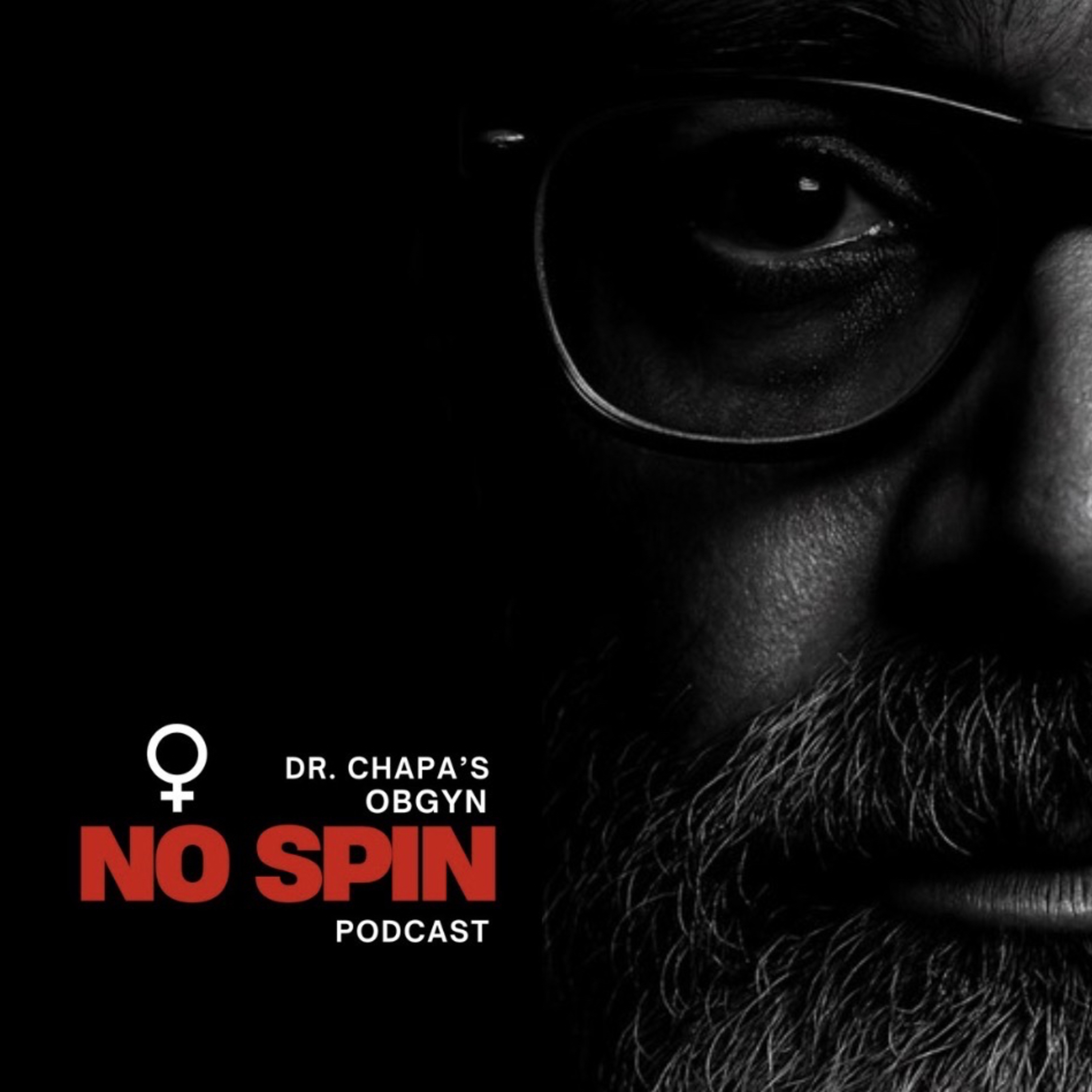

Dr. Chapa’s OBGYN Clinical Pearls
Dr. Chapa’s Clinical Pearls
Relevant, evidence based, and practical information for medical students, residents, and practicing healthcare providers regarding all things women’s healthcare! This podcast is intended to be clinically relevant, engaging, and FUN, because medical education should NOT be boring! Welcome...to Clinical Pearls.
Episodes
Mentioned books

May 9, 2024 • 35min
DQC: New Hope for Vaginosis
Explore the challenges with current BV treatments like metronidazole and clindamycin. Learn about DQC as a potential solution with promising results in Europe. Discover Dequalinium Chloride's efficacy for treating BV and yeast infections. Understand the importance of distinguishing between antibiotics and antiseptics. Delve into the gaps in data for BV medication and guidelines for administering vaginal medication, including precautions for pregnant individuals.

May 7, 2024 • 46min
Tocolysis Confusion!
Exploring the controversy of tocolytic drugs in delaying preterm birth, the podcast delves into their efficacy, safety, and ACOG guidance. Highlighting the lack of data on patients with ruptured membranes, it teases new information from a May 2024 publication. The episode emphasizes the importance of interventions like corticosteroids and magnesium sulfate for improving neonatal outcomes, amidst ongoing debates about tocolysis therapy.

May 5, 2024 • 42min
Puerperal Group A Streptococcus Infection
The podcast explores the alarming rise of Group A strep in causing puerperal sepsis, emphasizing mortality rates, maternal risk factors, and antibiotic resistance. It discusses early recognition, diagnosis, and aggressive management to combat the risks of sepsis and streptococcal toxic shock syndrome during pregnancy.

May 3, 2024 • 38min
The HRT Makeover
The podcast delves into the evolution of menopausal HRT since the WHI study, highlighting new research trials and patient awareness campaigns. It discusses the implications of the WHI study, explores hormone therapy advancements, and emphasizes the importance of understanding menopause in healthcare. Additionally, it touches on the evolving landscape of hormone replacement therapy and recent research investments.

May 1, 2024 • 47min
What the What?!
Exploring testing before combination birth control, debunking PCOS myths, and discussing acne treatment in women's healthcare. Delving into evidence-based weight loss meds and unnecessary invasive tests for birth control. Highlighting the link between PCOS, HCG, and pregnancy diagnosis, along with thorough medical investigations for PCOS confirmation. Addressing acne management guidelines for female patients.

5 snips
Apr 30, 2024 • 20min
NEW TODAY! USPSTF MMG Update
The podcast discusses the updated USPSTF recommendations for breast cancer screening, controversy over the starting age, ACOG's response, and the shift towards breast awareness over self-exams. It also covers challenges related to dense breasts and debates over additional screening techniques.

Apr 30, 2024 • 24min
🔥 Clinical Practice UPDATE: IAI and FEVER (April 29, 2024) 🔥
The podcast discusses the updated criteria for diagnosing intra-amniotic infection by ACOG, highlighting the importance of accurate interpretation and prompt antibiotic treatment. It challenges the traditional requirement of fever as a diagnostic criterion and emphasizes the complexity of diagnosing intramniotic infection and maternal fever. The episode also explores recent guidelines on treating intramuniotic infections without fever, based on a Michigan study showing the presence of IAI in sepsis-related deaths even without fever.

Apr 28, 2024 • 37min
Regenerative Medicine in GYN
Exploring regenerative medicine in gynecology, particularly platelet-rich plasma therapy. Discussing its applications in musculoskeletal pain disorders, gynecological conditions like POI and pelvic floor dysfunction. Highlighting controversies and the CDC investigation on cosmetic fascial. Delving into the potential of bone marrow transplants and the benefits of PRP in treating pelvic floor disorders.

Apr 26, 2024 • 38min
⭐️OBGYN NEWS UPDATE (ALERT): 🔥🔥Off The PRESS
FDA approved new oral antibiotic for UTIs in females, ACOG advisory on maternal cell-free fetal RHD testing, FDA clearance of digital app for postpartum depression (MAMMALIFT).

Apr 25, 2024 • 22min
FACT or FICTION: Menstrual Synching; and Use of the “Q” Word!
Dr Taylor Apley discusses menstrual synchronization, debunking myths around pheromones and biological signaling. They also explore the 'male effect' on menstruation and the impact of saying the 'Q' word in hospital settings, backed by surprising research findings.


